The Traditional Orchards of Before: discovering Urueñas (Segovia)
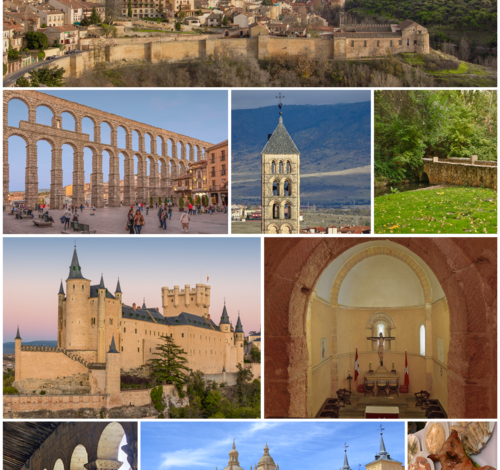
Good farmers! Today I want to talk to you about traditional orchards. How are you doing? I imagine that at this time, here in Spain especially, you will be picking the first tomatoes in your gardens.
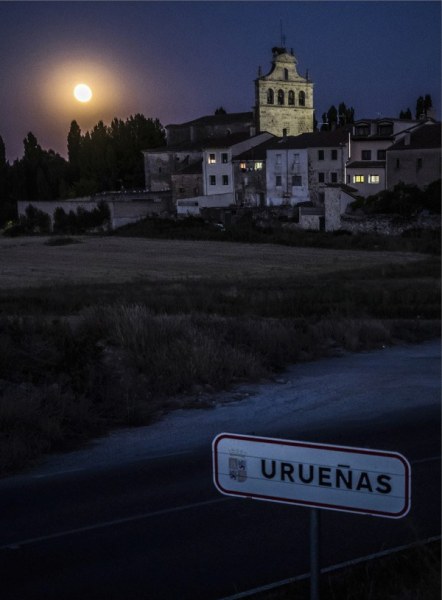
I’ve been lucky enough to start eating a few of them, although in my case I’m having a hard time picking them up lol before planting them I read Lucía’s article GROWING TOMATOES IN THE ORGANIC GARDEN.
And since I have talked about my orchard, I would like to explain that I have it in a small town surrounded by orchards like the ones from before. Since we have had a space for an organic garden as modern as the one at the Wellington Hotel, we are going to dedicate another to the more traditional gardens.
Take a hat that will hit the sun well!
Urueñas: a Segovian town
But where are we taking you this time? Well, in this short article, to explain the small differences that we can find between urban gardens and more traditional gardens, I have traveled to the Segovian town of Urueñas. This town is located 66 km from Segovia and 133 km from Madrid, very close to the Hoces del Río Duratón Natural Park. It is a municipality with about 95 registered inhabitants and that about 40 years ago, the demography was significantly higher and the majority were dedicated to the field. The work in the field with the males or the care of the animals was the family economy of the great majority of the Urueñinos.
Apart from this, Urueñas has a beautiful Castilian-Leonese area that I recommend you visit. It has a limited but quite interesting historical heritage such as the parish church of San Juan Bautista (which you can see well lit in the photo on the right) and the Ermita del Santo Cristo del Humilladero. If you are looking for a small rural getaway, come to this Segovian town and you will be able to enjoy tranquility and by car you will be able to visit one of the most beautiful places in Castilla y León. And if you’re looking for a party, you’re in time to go to their parties on the second weekend of September and dance a jota
Traditional orchards in Urueñas
In Urueñas, due to the characteristics of the soil (predominantly limestone) and the location of the town (it is located in an open area where it is very cold in winter and very hot in summer, in addition to having a stream that only distributes water to a specific area); the garden culture was limited to only a part of the municipality. I point this out because in the surroundings of Urueñas there are other towns such as Sepúlveda or Valle del Tabladillo, where the job of market gardener was much more common due to the fact that the conditions that we have mentioned before are much more favorable.
But let’s go back to Urueñas, the orchards are located in an area where a small stream flows
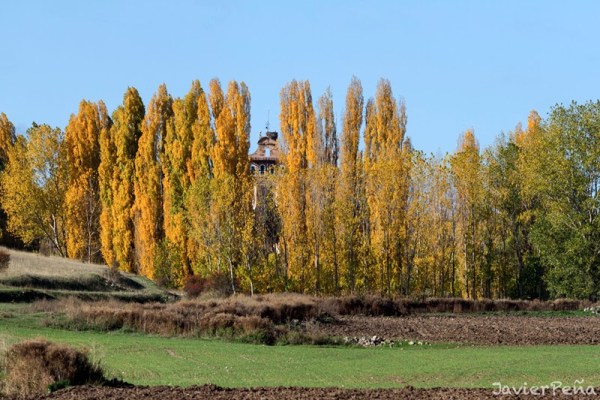
But, where does the water of the stream come from? One of the meanings that Urueñas is believed to have is similar to » underground water » and it is not without reason because the water is born from small underground springs. These go outside by gravity to the fountains in the town and from there they fall into the pylon and the corresponding pools. What is a pylon and a pool?
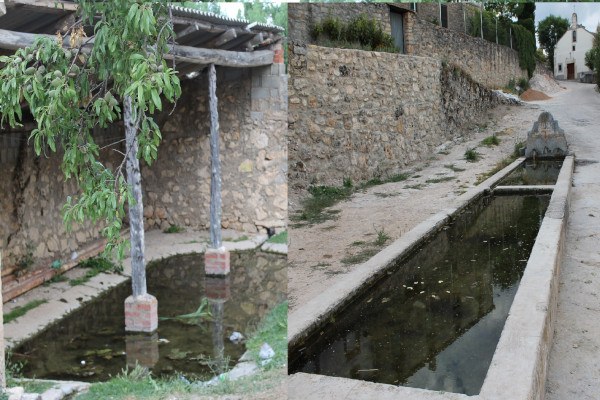
Both the pool and the pylon are containers normally made of stone in which the water accumulates. Both were used as drinking troughs or washing places. The difference between the pylon and the pool is that the pylon has a source from which the water comes out, however the pool is fed from a stream. For this reason, in this case that I show you, the order of movement of water would be spring-source-pylon-well-stream
The water is already in our stream
We already have the water in the stream and we want to irrigate our Urueño garden. What happen? Well, the volume of water that runs is not enough for everyone to irrigate at the same time because the only system that is used is blanket irrigation. This derives in an organization system based on word of mouth to know when it is your turn to water. It can be in the morning, afternoon or evening. Once we know when we have to water, we make a dam outside our garden to channel the runoff into our garden and water it.

The extension of the orchards of Urueñas is much larger compared to the orchards that we can usually see in the cities. There is no distribution by terraces and the cultivation is carried out directly on the land that parents, grandparents and other ancestors of the area had planted.

As for the crops that we can find, most of the orchards have a good number of vegetables: potatoes (like the ones in the photo), lettuce, tomato, courgette, Swiss chard, melon… and some fruit trees such as plums or quinces. Every year, the same problems usually appear, from aphids to fungi, which until a few years ago were solved by using chemical pesticides that we can find in the supermarket. From there derives the discussion that you can have with a countryman from any town when trying to explain that with the use of these elements it is no longer an organic crop. But, also say that lately; the use of ecological treatments is being implemented and this year, the use of nettle slurry has begun to be seen.
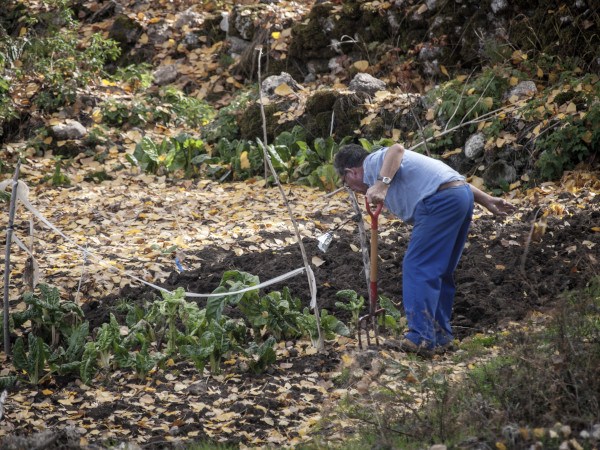
As a personal opinion, to say that the orchards in the town or orchards of before as I have titled, have a special relevance today. In the vast majority, the traditional orchards are still cultivated by older people who have experienced a very big change here in Spain and have gone from plowing with a male tiller to plowing with a motorized tiller. These folks know what happens to each plant from the experiences they’ve had and it’s amazing to hear how knowledgeable they are. They don’t need Google to know what to do, this is not an attack on all those who use Google like me, but an admiration for these people.
I hope you have enjoyed learning about traditional orchards, another style of orchard and little by little we will continue writing about treatments that were previously used.
See you in the orchard!

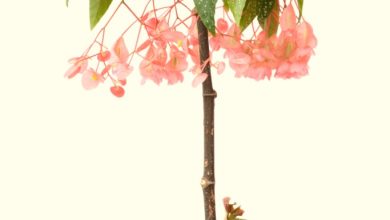
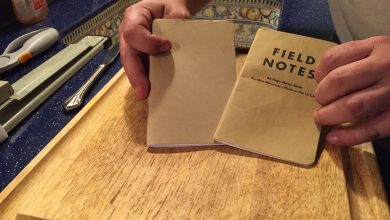
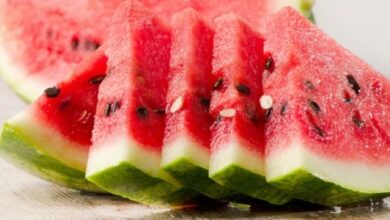
![Photo of Green Tea Plant: [Cultivation, Irrigation, Substrate, Pests and Diseases]](https://www.complete-gardening.com/wp-content/uploads/2022/08/green-tea-plant-cultivation-irrigation-substrate-pests-and-diseases-390x220.jpg)